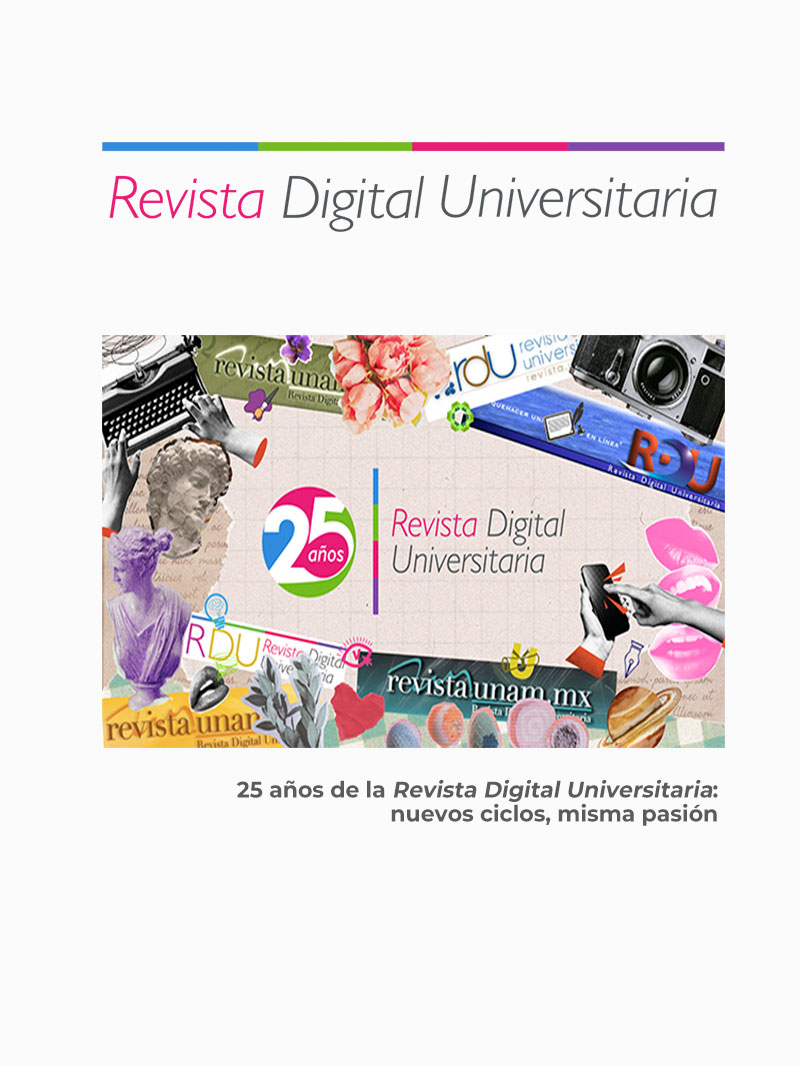These rats that you see (and those you do not see)
Ciudades y ratas
DOI:
https://doi.org/10.22201/ceide.16076079e.2025.26.2.4Keywords:
diseases, humans, rat catchers, rat infestation, urbanizationAbstract
Rats and humans have a long history of coexistence that began around 13,000 years ago when humans became sedentary farmers. This close relationship is based on all the resources that rats obtain from us, which they easily find in cities: abundant food, places to shelter and reproduce, and multiple surfaces to sharpen their teeth. Rats, in turn, cause severe damage to infrastructure and crops and can carry diseases that affect humans and other animals. For this reason, controlling and ideally eradicating them has always been a priority. To achieve this goal, rat hunters, both modern and ancient, have been and will continue to be essential. At this point in human history, where just over 50% of the world’s population lives in cities, it is crucial to improve our understanding of rats, their way of life, and how they evade our eradication attempts; this knowledge will help us develop strategies and measures to keep them as far away from us as possible.
→ Leer más
References
Armitage, P. L. (1994). Unwelcome companions: ancient rats reviewed. Antiquity, 68(259), 231-240. https://doi.org/10.1017/S0003598X00046548.
Berlinger, J. (2023). Can humans and rats live together? Paris is trying to find out. cnn travel. https://tinyurl.com/4aacyvfs.
Braun, A. (2013). Her Majesty’s Rat-Catcher. Lapham’s Quarterly. https://www.laphamsquarterly.org/roundtable/her-majestys-rat-catcher.
Conrad, Z., Niles, M. T., Neher, D. A., Roy, E. D., Tichenor, N. E., y Jahns, L. (2018). Relationship between food waste, diet quality, and environmental sustainability. PLoS ONE, e0195405. https://doi.org/10.1371/journal.pone.0195405.
Feng, A. Y. T., y Himsworth, C. G. (2014). The secret life of the city rat: A review of the ecology of urban Norway and black rats (Rattus norvegicus and Rattus rattus). Urban Ecosyst, 17(1), 149-162. https://doi.org/10.1007/s11252-013-0305-4.
Gehrt, S.D. (2006). Urban coyote ecology and management: The Cook County, Illinois coyote project [Ohio State University Extension Bulletin 929]. Ohio State University. https://tinyurl.com/yck8j9v9.
Himsworth, C. G., Parsons, K. L., Jadine, C. y Patrick D. M. (2013). Rats, cities, and pathogens: a systematic review and narrative synthesis of literature regarding the Ecology of rat-associated zoonoses in urban centers. Vector Borne Zoonotic Dis, 13(X), 1-11. DOI: 10.1089/vbz.2012.1195.
Inglis, I. R., Shepherd, D. S., Smith, P., Haynes, P. J., Bull, D. S., y Cowan, D. P. (1996). Foraging behaviour of wild rats (Rattus norvegicus) towards new food and bait containers. Applied Animal Behaviour Science, 47,175-190. https://doi.org/10.1016/0168-1591(95)00674-5.
Macadam, I. (1972). Failure to transmit rabies to rats and mice by ingestion and contact. Tropical Animal Health and Production, 4,90-94. https://doi.org/10.1007/BF02359740.
Mayhew, H. (1851). Jack Black. [Ilustración]. Wikimedia Commons. https://commons.wikimedia.org/wiki/File:Jack_Black.jpg.
Mills, D. S. (2010). Encyclopedia of applied animal behaviour and welfare. CABI Publishing, London https://doi.org/10.1079/9780851997247.000.
Orkin. (2022). Chicago tops Orkin’s rattiest cities list for eighth consecutive year. Press Room. https://www.orkin.com/press-room/orkin-top-rattiest-cities-2022.
Osorio-Gómez, D., Guzmán-Ramos, K., y Bermúdez-Rattoni, F. (2018). Neurobiology of neophobia and its attenuation. En S. Reilly (Ed.), Food Neophobia (pp. 111-128). Woodhead Publishing. https://doi.org/10.1016/B978-0-08-101931-3.00006-9.
Parsons, M. H., Richardson, J. L., Kiyokawa, Y., Stryjek, R., Corrigan, R. M., Deutsch, M. A., Ootaki, M., Tanikawa, T., Parsons, F. E., y Munshi-South, J. (2021). Rats and the covid-19 pandemic: Considering the influence of social distancing on a global commensal pest. Journal of Urban Ecology, 7(1), juab027. https://doi.org/10.1093/jue/juab027.
Puckett, E. E., Orton, D., y Munshi-South, J. (2020). Commensal Rats and Humans: Integrating Rodent Phylogeography and Zooarchaeology to Highlight Connections between Human Societies. BioEssays, 42(5), 1-10. https://doi.org/10.1002/bies.201900160.
Rodriguez, Lukas. (s.f.) Calles De Nueva York [Fotografía]. Pexels. https://tinyurl.com/yuwxbp8m.
The French-Canadian Genealogist. (2018). Le Chasseur de rats/The Rat-Catcher. https://tinyurl.com/49rxr3sw.
La uam participa en proyecto y ejecución de obra de saneamiento del Canal Nacional. (2022). Semanario de la uam, 4(25), 4-5. https://semanario.uam.mx/wp-content/uploads/2022/12/SemanarioUAM25OK-1.pdf.
Published
Issue
Section
License
Copyright (c) 2025 Revista Digital Universitaria

This work is licensed under a Creative Commons Attribution-NonCommercial-ShareAlike 4.0 International License.

Revista Digital Universitaria es editada por la Universidad Nacional Autónoma de México se distribuye bajo una Licencia Creative Commons Atribución-NoComercial 4.0 Internacional. Basada en una obra en http://revista.unam.mx/.










